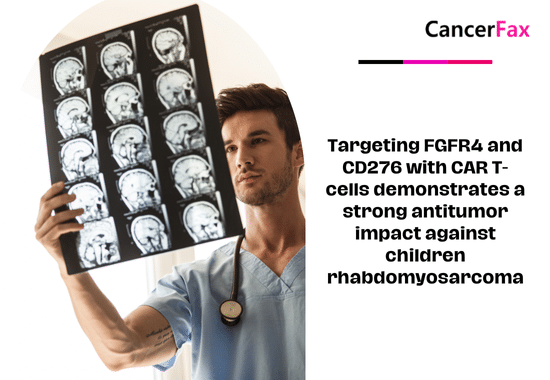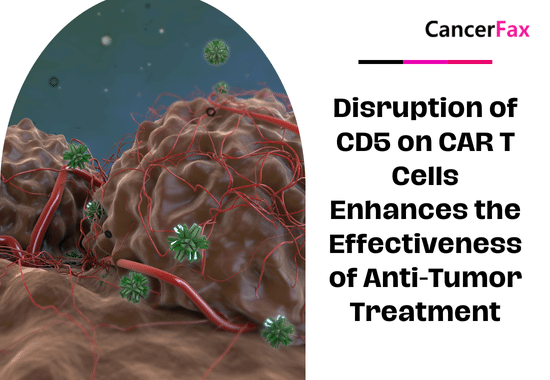Hepatitis B is a virus that causes liver infection, and up to 80% of liver cancer patients are attributed to hepatitis B infection. Hepatitis B virus is highly contagious and has multiple modes of transmission, including mother-to-child transmission, infection with blood products, dialysis, partner sex, infusion of drugs, and long-term close contact with infected persons. In most cases, no symptoms will occur after infection, and a hepatitis B infection can be determined by a blood test. An ultrasound test of the liver can assess the extent of liver involvement. The method of prevention is mainly to prevent hepatitis B through vaccination.
There are two stages of hepatitis B, acute and chronic. If a person is exposed to the hepatitis B virus, then the initial infection is called an acute infection. About one-third of infected adults will experience symptoms such as yellow eyes and abdominal pain. Most people are either asymptomatic or have only mild symptoms, which can easily be mistaken for flu or malaria, and children rarely experience symptoms.
When symptoms of acute hepatitis B appear, the patient needs to rest more to replenish water and nutrition. It is recommended to avoid exposure to other factors that may worsen liver inflammation, such as alcohol. There is no specific treatment or cure for acute hepatitis B. After an acute hepatitis B infection, it may fully recover or progress to a chronic disease. Chronic hepatitis B is diagnosed by certain blood markers of hepatitis. Most adults will not develop chronic diseases, but most children who are infected from birth or under five years of age will develop chronic diseases, which may be asymptomatic or occasionally have hepatitis characterized by abdominal pain, yellow eyes, dark urine, or abnormal liver tests . The main problem faced by chronic hepatitis B is the risk of developing cirrhosis and liver cancer.

